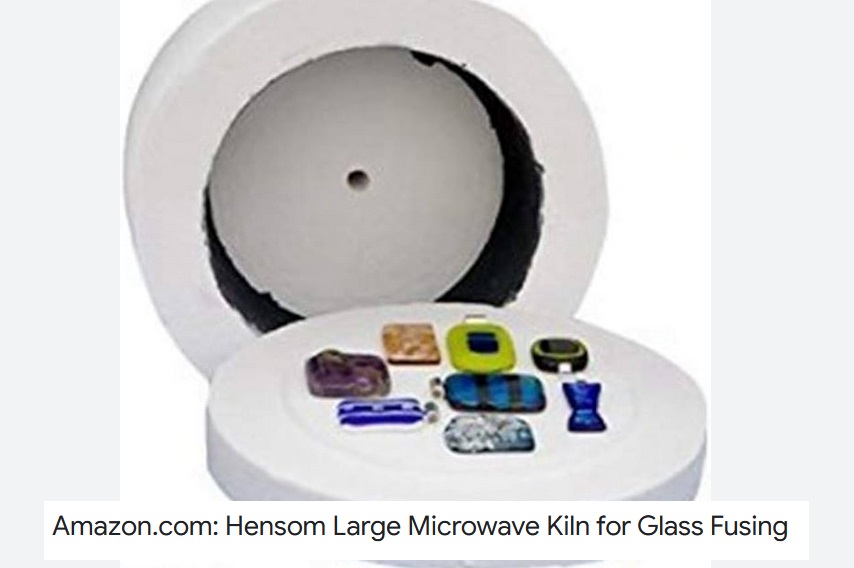
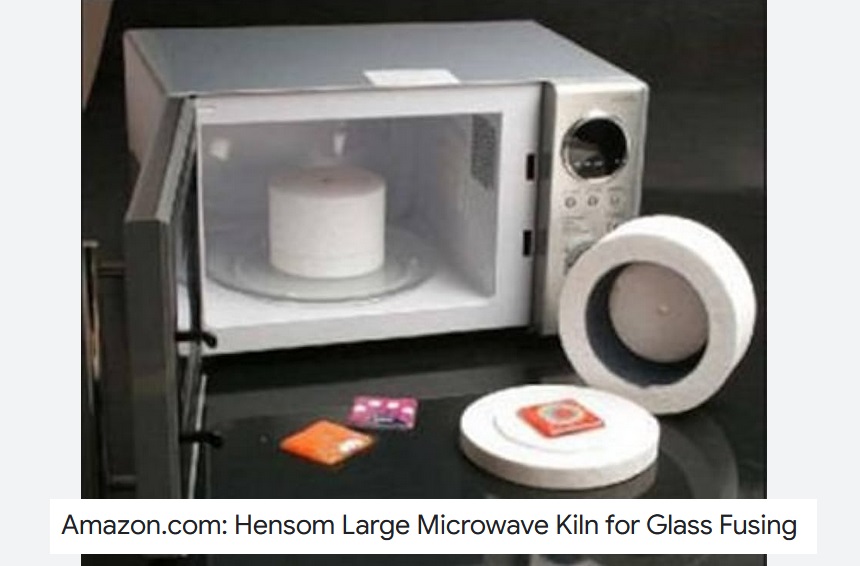
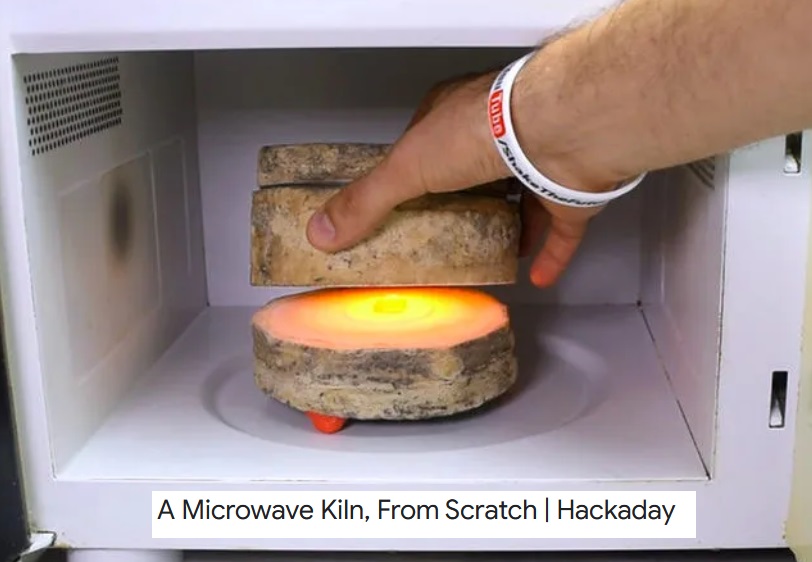
Microwave kilns have gained popularity in recent years as an alternative to traditional kilns for pottery-making.
These devices offer several advantages, including:
- faster firing times,
- smaller size
- and lower energy consumption.
However, before making a decision, you should know the limitations and considerations associated with microwave kilns.
Understanding Your Needs
Before investing in a microwave kiln, think what you want to achieve with your pottery. Are you interested in creating functional items like bowls and mugs, or are you more inclined towards decorative pieces such as sculptures or jewelry?
When you will know what you want to make, you will be able to decide whether a microwave kiln aligns with your ideas. For example, if your goal is to produce high-fired stoneware, a microwave kiln may not be suitable since it typically reaches lower temperatures compared to traditional kilns.
That is why it’s crucial to think about your pottery-making goals and the types of pieces you plan to create before purchasing a microwave kiln.
Consider the following factors:
- size – microwave kilns generally have a much smaller capacity compared to traditional kilns. Ensure the kiln can accommodate the size of your pottery pieces,
- firing temperature – microwave kilns have a limited temperature range. Determine if the maximum temperature is suitable for your clay body and glazes,
- firing time – microwave kilns offer faster firing times, but the exact time may vary depending on the size and thickness of your pieces.
- frequency of use – if you plan to fire frequently, consider the microwave kiln’s durability and ease of use.
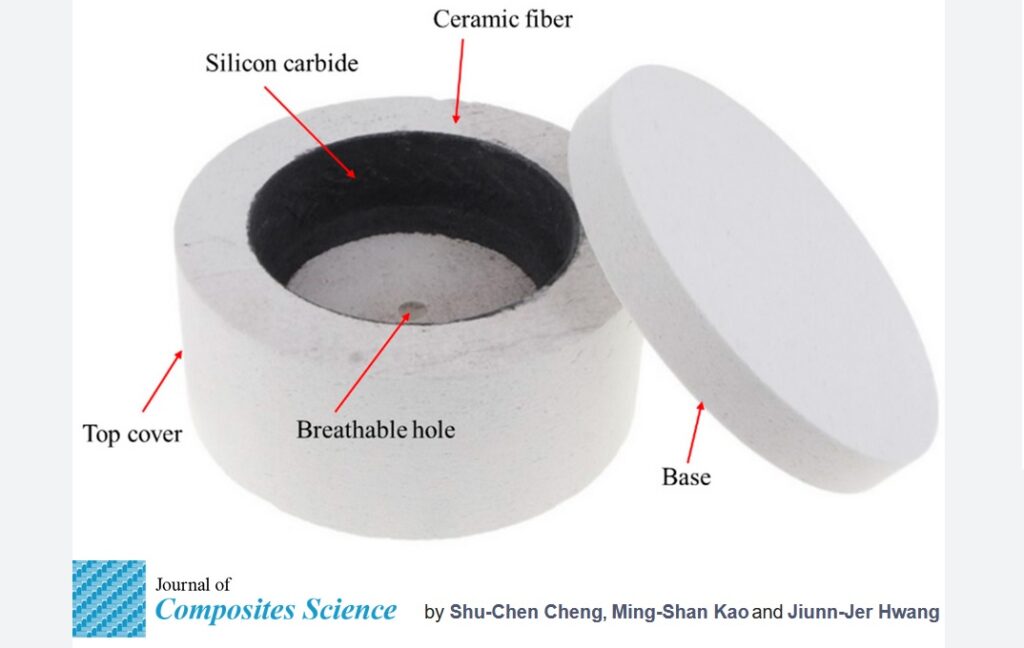
Microwave Kiln Technology
Microwave kilns use electromagnetic waves to heat the pottery directly, rather than heating the kiln walls and then the pottery. This process can result in faster firing times and more even heating.
However, there are limitations to microwave kiln technology:
- temperature restrictions – microwave kilns typically have a lower maximum temperature compared to traditional kilns, limiting the types of clay and glazes you can use,
- size limitations – the size of the pottery you can fire in a microwave kiln is restricted by the dimensions of the kiln chamber (rather small IMO),
- material limitations – some materials, such as metals or certain types of glazes, may not be suitable for microwave firing.
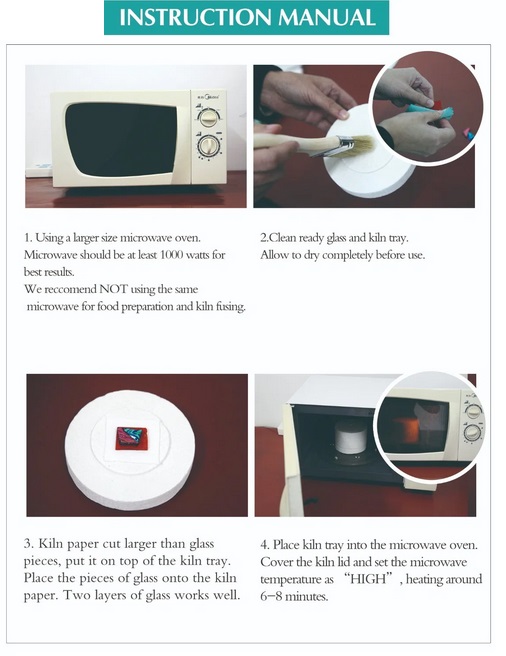
Key Features of Microwave Kiln to Look for
When you are considering buying a microwave kiln to make pottery at home, you should consider a few key features that will impact your experience and results.
A microwave kiln is a compact and efficient tool that allows hobbyists to fire small pieces of pottery using a standard microwave oven. But there are some major limitations – here are the critical features you should look for:
1. Size and Capacity
Microwave kilns come in various sizes, which determine how much pottery you can fire at once. If you plan on creating larger pieces or multiple smaller items simultaneously, look for a kiln with a larger interior capacity. However, ensure that it fits comfortably within your microwave’s dimensions, as some kilns may be too large for standard models.
2. Material Composition
The material used in the construction of the kiln affects its durability and performance. Most microwave kilns are made from ceramic fiber or other heat-resistant materials designed to withstand high temperatures while minimizing heat loss. Look for kilns that have good thermal insulation properties, as this will help maintain consistent firing temperatures and improve energy efficiency.
3. Temperature Range
Different types of clay and glazes require specific firing temperatures to achieve optimal results. When selecting a microwave kiln, check its maximum temperature range; many kilns can reach temperatures between 1,500°F (815°C) and 2,000°F (1,093°C). Ensure that the kiln you choose is right for the firing requirements of the materials you intend to use.
4. Firing Time
Firing time is another crucial feature to consider when purchasing a microwave kiln. The time it takes to complete a firing cycle can vary significantly between different models due to their design and efficiency. Some kilns may take as little as 10 minutes for small pieces, while others could take longer depending on their size and heating capabilities. Look for user reviews or specifications that provide insights into average firing times.
5. Safety Features
Safety should always be a priority when working with high-temperature equipment like kilns. Check if the microwave kiln has built-in safety features such as an insulated handle or lid that prevents burns during operation. Additionally, ensure that it comes with clear instructions on safe usage practices.
6. Portability
If you plan on moving your kiln frequently or using it in different locations (e.g., workshops or classes), consider its portability features such as weight and ease of handling. Lightweight designs with ergonomic handles make transporting your kiln easier without compromising safety.
7. Price Point
Think about your budget and which of the features offered by various microwave kilns available in the market you really need. Prices can vary widely based on brand reputation, size, material quality, and additional features like included accessories (e.g., firing trays). It will be crucial for you to find a balance between affordability and quality to ensure you will be happy with your purchase.
Choosing the Right Microwave Kiln for Your Budget
The cost of a microwave kiln can vary depending on its size, power output, and features.
Consider the following factors when making a purchasing decision:
- new vs. used – used microwave kilns can be a more affordable option, but they may require repairs or maintenance,
- financing options – explore financing options or payment plans to spread out the cost,
- long-term costs – factor in the cost of electricity, maintenance, and replacement parts.
Kiln Installation and Setup
Microwave kilns are generally easier to install compared to traditional kilns. However, you’ll need to ensure proper ventilation and electrical connections. Follow the manufacturer’s instructions for installation and setup.
Kiln Accessories and Supplies
You may need to purchase additional accessories for your microwave kiln, such as kiln shelves, kiln wash, and thermocouples. These accessories can help you achieve optimal results and protect your kiln.
Microwave kilns offer a convenient and efficient way to fire pottery. However, it’s essential to carefully consider your needs and the limitations of this technology before making a purchase. By remembering about the key factors to consider and choosing the right microwave kiln, you can enjoy the benefits of this useful tool while achieving your pottery-making goals.